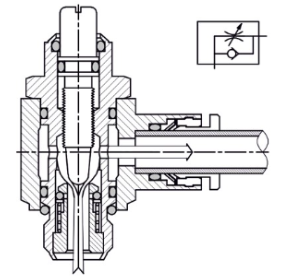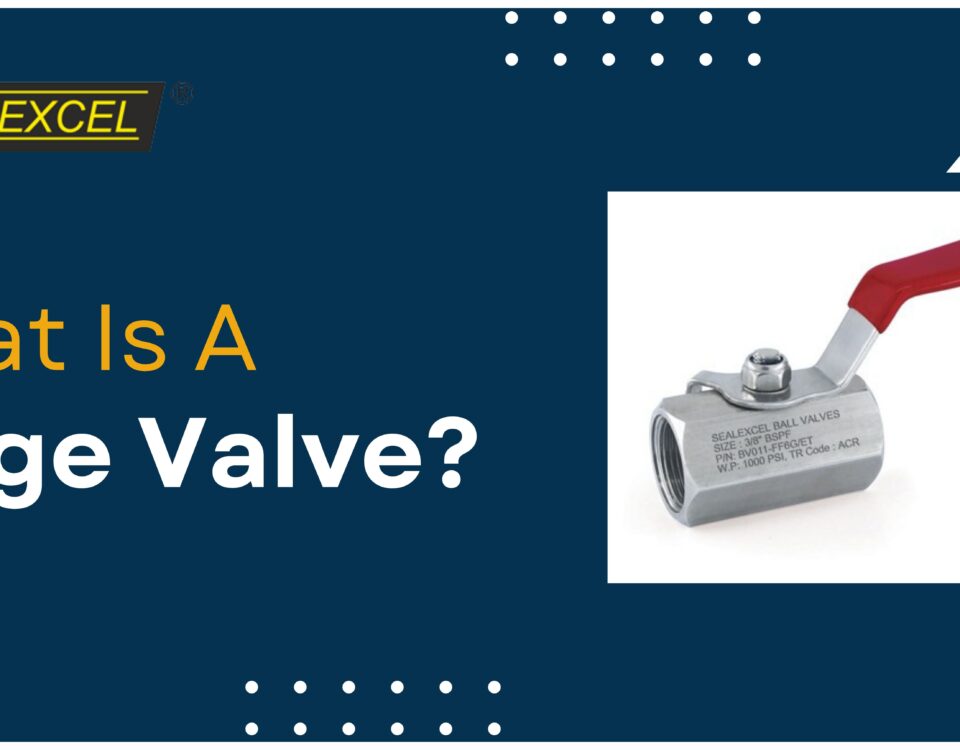Here Are The Emerging Trends In Industrial Valve Design
August 30, 2016Quick Exhaust Valves – Uses And Applications
September 1, 2016The oil and gas industry employs the use of a number of valves but not just any valves will do. These 
In order to ensure that the valves remain functional during this abuse and to prevent them from corroding before their time, they need to be cleaned and repaired properly and regularly. This includes assembly, cleaning, lubrication and drying to ensure the valves remain functional throughout their life span.
 Effects of Irregular Maintenance
Effects of Irregular Maintenance
If valves are not maintained properly, are lubricated inadequately or are allowed to accumulate contaminants and sediment it can result in:
- Scoring and galling
- Seal or packing failure
- Leakages which can be lethal or result in complete shutdown.
- Sticking and seizing which can lead to imperfect response control signals
- Corrosion
Preventative measures
Fortunately, there are a number of ways that expensive valves can be prevented from taking on damage. Proper lubrication for instance can:
- Reduce wear and tear
- Enhance durability and make the valves more dependable
- Keep the contents of pipelines flowing smoothly and safely
Besides these obvious benefits, what most people don’t know is that lubrication can also preserve the seal of the valves along with seat and packing materials. Besides increasing the life of this component, it can also eliminate chances of leaks.
Why following specifications is important during the cleaning process
Even with the use of appropriate cleaning agents, you still have to keep specifications in mind to ensure that a valve is clean enough for service it is made for. Fortunately, there are a number of specifications and guidelines that can help determine this. ASTM or the American Society for Testing and Materials for instance has a committee that works specifically on these specifications.
The same is the case with CGA or the Compressed Gas Association which often provides cleaning standards for such components. However, the common denominator among all cleaning standards for valves and other industrial components is that all traces of oil, sediment, grease etc should be removed. High pressure cleaning processes such as pressure blasting and sand blasting are commonly used for this due to their effectiveness.
At SEALEXCEL, we use our two decades’ worth of experience as industrial valve manufacturers to develop highly effective cleaning processes for all of our products. If your valves have eroded beyond repair, check out our product catalogue for new ones.



